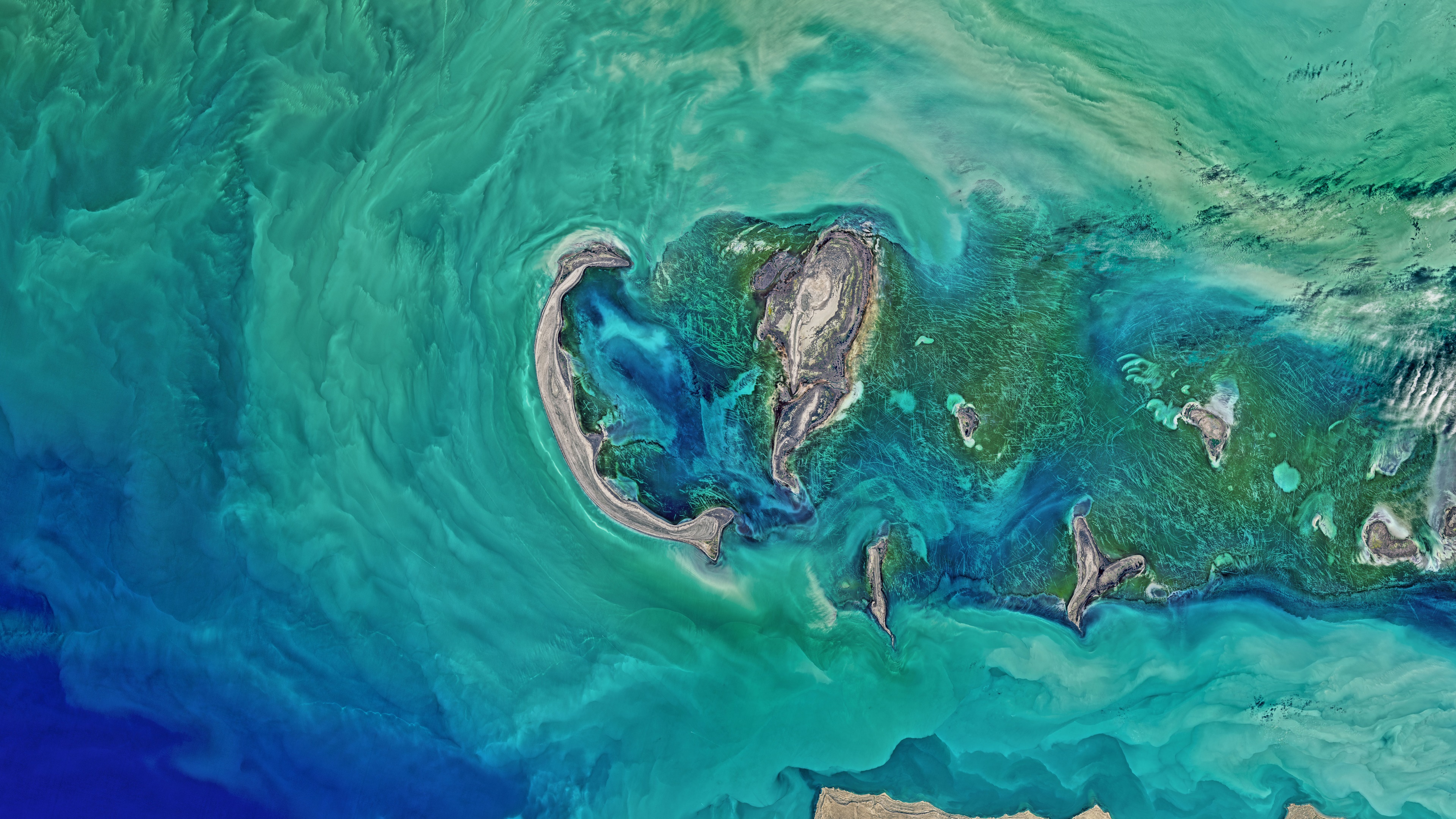

Hughes Communications, being the incumbent, is likely to capture at least two-thirds of the market share,” said Chatterjee in an exclusive interaction withĬhatterjee estimates that there are only about 200 cellular sites using satellite connectivity for backhaul. “In the coming year, at least 5 to 10 thousand cellular sites will be using satellite technology for backhaul purposes. Opportunities galoreīut the Digital Communication Commission’s (DCC) approval for using satellite backhaul, through VSAT terminals for cellular services, will open a wide window of opportunities, according to Shivaji Chatterjee, Senior Vice-President- Enterprise, Hughes Communication India Private Limited. Telecom service providers prefer optic fibre cables or microwaves for backhaul purposes, and satellites are only used in extremely remote areas and disaster situations. For instance, to keep mobile networks running, telecom companies need to keep cellular towers interconnected. At this price we can forgive the lack of 802.11ac, instead using the usual 802.11b/g/n module.US satellite service provider Hughes Communications is eyeing over 65 per cent share of India’s burgeoning satellite backhaul infrastructure market.īackhaul infrastructure is critical to keep telecom networks connected. Heading to the opposite side reveals another USB 2.0 port, along with a headphone output and SD card reader. On the left side of the base reside twin USB 3.0 ports, right next to the HDMI out and Gigabit Ethernet port. Given AMD's reputation for less than perfect power draw, the overall battery life of 261 minutes was a surprisingly happy result. PCMark 8's Home benchmark showed that this laptop can keep up with much more expensive machines powered by Intel, with a final result of 1844.

Overall system performance was much healthier, albeit still not blazingly fast. It scored just half the speed of Intel's HD Graphics 4400 in our gaming benchmark, 3DMark's Cloud Gate test. AMD's integrated graphics are very well respected, but it appears the Radeon HD 8400 is a poor match for Intel's latest design. Like Intel's CPUs, the A6-5200 also includes an integrated GPU, in this case the Radeon HD 8400. 8GB of memory is included, a very nice amount considering the price tag, while a 750GB mechanical drive provides plenty of storage space. However, the maximum speed of each core is just 2GHz, well below the 2.6GHz to 3GHz range of Intel's mainstream offerings, which really hurts performance in applications that only use a single core. An AMD A6-5200 Quad Core APU is the brain of this laptop, offering twice as many cores as Intel laptops in this price range. On to the interesting bits - the CPU, or in this case, APU. The touchpad is very accurate, yet requires a tad too much force to activate the buttons hopefully these will loosen up over protracted use. The full-sized island keyboard lacks any form of backlighting, but is a delight to use thanks to its larger size and lack of any flex or rattle. It's such a believable finish that we barely noticed that the palm wrist was actually brushed aluminium. Plastic is used throughout the U50D's construction, but it's cleverly disguised as brushed aluminium. Based on the relatively low resolution of 1366 x 768, the screen is a bit grainy for our liking, but beggars can't be choosers. The 15.6 inch screen on offer here foregoes the touchscreen feature found on most other laptops, as the AMD APU used within means it doesn't need to abide by Intel's Ultrabook specifications. This isn't too surprising given that AMD chips tend to pump out more heat, and are thus more likely to be found in laptops with larger cooling solutions. Before we delve under the hood, we should point out that this is a full-sized 15.6 inch behemoth.


 0 kommentar(er)
0 kommentar(er)
